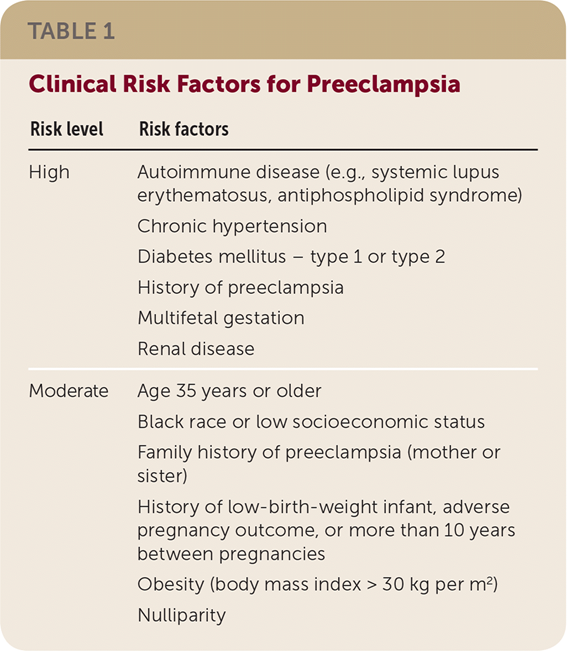A nurse is conducting a review class for a group of perinatal nurses working at the local clinic. The clinic sees a high population of women who are HIV positive. After discussing the recommendations for antiretroviral therapy with the group, the nurse determines that the teaching was successful when the group identifies which rationale as the underlying principle for the therapy?
adjunct therapy to radiation and chemotherapy
treatment of opportunistic infections
reduction in viral loads in the blood
can cure acute HIV/AIDS infections
The Correct Answer is C
A. adjunct therapy to radiation and chemotherapy:
This option is not applicable to HIV/AIDS treatment. Antiretroviral therapy (ART) is specifically used to treat HIV infection by targeting the replication of the virus. It is not used as adjunct therapy to radiation or chemotherapy, which are treatments typically used for cancer.
B. treatment of opportunistic infections:
While antiretroviral therapy (ART) can help prevent opportunistic infections by boosting the immune system, its primary purpose is not the treatment of these infections. Rather, ART focuses on suppressing the replication of the HIV virus itself.
C. reduction in viral loads in the blood:
This is the correct rationale for antiretroviral therapy. The main goal of ART is to reduce the viral load in the blood to undetectable levels. By doing so, ART helps to slow the progression of HIV infection, improve immune function, and reduce the risk of transmitting the virus to others.
D. can cure acute HIV/AIDS infections:
This statement is incorrect. While antiretroviral therapy (ART) is highly effective in controlling HIV infection and preventing progression to AIDS, it does not cure acute HIV/AIDS infections. HIV remains a chronic condition that requires lifelong management with ART.
Nursing Test Bank
Naxlex Comprehensive Predictor Exams
Related Questions
Correct Answer is B
Explanation
A. Client has a twin sister.
Having a twin sister does not directly increase the client's risk of developing preeclampsia. While twin pregnancies are associated with higher rates of certain complications, such as preterm birth and gestational hypertension, having a twin sister herself does not inherently increase her risk of preeclampsia.
B. Her mother had preeclampsia during pregnancy.
This is the correct choice. A history of preeclampsia in the client's mother is a significant risk factor for preeclampsia in the client herself. Preeclampsia has a genetic component, and women with a family history of the condition, especially in their mothers, are at increased risk of developing it during their own pregnancies.
C. This is the client's second pregnancy.
While the number of pregnancies a woman has experienced can influence her risk of certain pregnancy complications, such as placental abnormalities, it is not as strong a risk factor for preeclampsia as a family history of the condition. Preeclampsia can occur in both first and subsequent pregnancies, regardless of the number of pregnancies a woman has had.
D. Her sister-in-law had gestational hypertension.
Gestational hypertension is a related condition to preeclampsia and shares some risk factors, such as high blood pressure during pregnancy. However, a sister-in-law having gestational hypertension does not directly increase the client's risk of preeclampsia. While it may suggest a family predisposition to hypertensive disorders during pregnancy, it is not as specific a risk factor for preeclampsia as a direct family history of the condition, such as in the client's mother.

Correct Answer is ["C","D","E"]
Explanation
A. Asian Americans as having the highest teen birth rate:
This statement is incorrect. Asian Americans generally have lower teen birth rates compared to other racial/ethnic groups in the United States. Incorporating inaccurate information into the presentation may lead to misunderstanding or misrepresentation of the issue.
B. Loss of self-esteem as a major impact:
While loss of self-esteem can be a consequence of adolescent pregnancy, it may not be considered a major impact in all cases. Adolescent pregnancy can have diverse and complex impacts on individuals, including social, economic, and psychological effects. While addressing the psychosocial aspects of adolescent pregnancy is important, loss of self-esteem may not be the primary focus of the presentation.
C. Rise in teen birth rates over the years:
Providing information about the trend of teen birth rates over time helps to contextualize the issue and highlight its significance. This aspect can include discussing historical trends, recent changes, and factors contributing to fluctuations in teen birth rates.
D. About half occurring within a year of first sexual intercourse:
This statistic underscores the importance of sexual health education and contraception access for adolescents. Understanding the timing of pregnancies in relation to sexual debut can inform interventions aimed at preventing unintended pregnancies among teenagers.
E. Peer pressure to become sexually active:
Peer pressure is a significant influence on adolescent behavior, including decisions related to sexual activity. Addressing peer pressure in the context of adolescent pregnancy allows for discussion about the social and emotional factors that contribute to teen pregnancies and the importance of developing healthy coping strategies and assertiveness skills.
Whether you are a student looking to ace your exams or a practicing nurse seeking to enhance your expertise , our nursing education contents will empower you with the confidence and competence to make a difference in the lives of patients and become a respected leader in the healthcare field.
Visit Naxlex, invest in your future and unlock endless possibilities with our unparalleled nursing education contents today
Report Wrong Answer on the Current Question
Do you disagree with the answer? If yes, what is your expected answer? Explain.
Kindly be descriptive with the issue you are facing.
